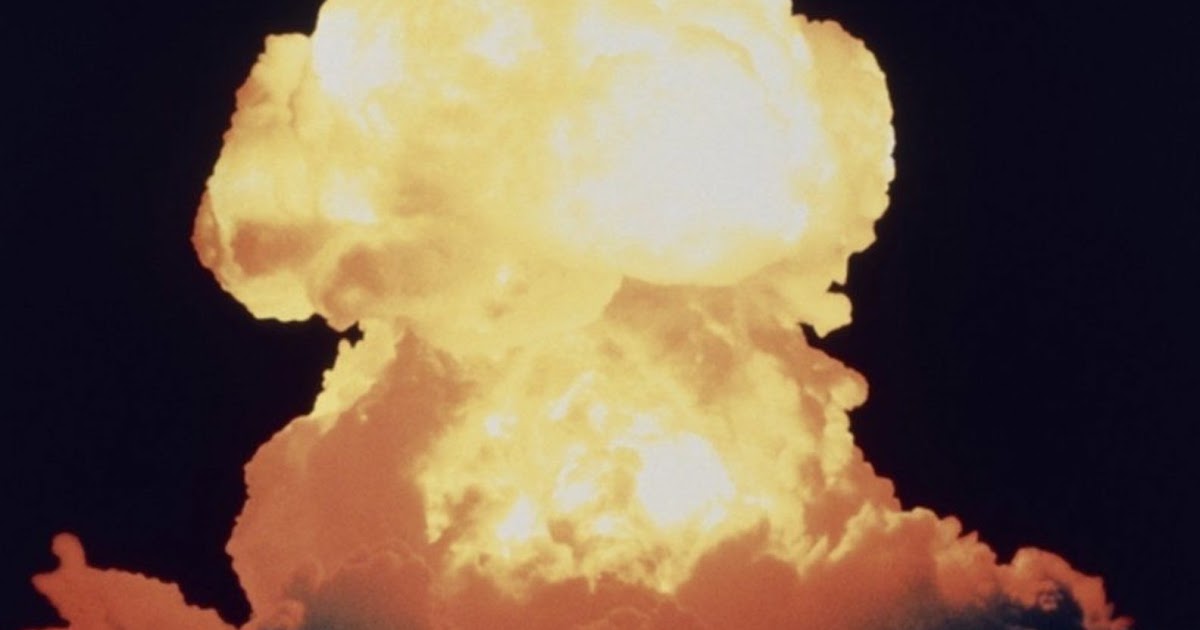
The total number of nuclear warheads in the world continued to decline slightly in 2021, but only because the United States and Russia dismantle a small number of their old nuclear warheads each year. However, there has been no parallel and continuous gradual reduction in the number of nuclear warheads available.
“Around 2007, the rate of reductions in global usable stocks reduced to a minimum. In fact, the number of nuclear warheads in usable global stockpiles has even started to rise again from its lowest point in 2017, when it was 9,227 warheads,” said Matt Korda of the Federation of American Scientists, one of the contributors to the Nuclear Weapons Ban Monitor.
Dismantling nuclear weapons retired from the Cold War era will soon cease to be a course of action to reduce the global nuclear inventory. No further progress in nuclear disarmament will then be in sight, unless the nuclear-weapon states agree that their current usable stockpiles are not essential.
The Nuclear Weapons Ban Monitor, however, found no evidence that any of the nuclear-weapon states currently have the will to deliberately pursue nuclear disarmament or to develop plans for its achievement.
The states whose behavior is not compatible with the TPNW are first and foremost the nine nuclear-weapon states and the 32 so-called umbrella states (most of which are European). All Umbrella States engaged in conduct in 2021 that was inconsistent with the TPNW’s prohibition on aiding and abetting prohibited activities.
These 32 states assist and encourage the retention of nuclear weapons by nuclear-weapon states in a number of ways, including participating in nuclear strike exercises and nuclear planning; provision of logistical and technical support; approval of nuclear weapons doctrines, policies and declarations; and with the development, production and maintenance of key components for nuclear weapons.
The Nuclear Weapons Ban Monitor also concludes that there has been increasing engagement in 2021 with the Treaty on the Prohibition of Nuclear Weapons (TPNW), which entered into force in 2021 and is seen as a vehicle for resistance to nuclear weapons. permanence of nuclear weapons in the world. Politics.
the Nuclear Weapons Prohibition Monitor tracks progress
The Nuclear Weapons Ban Monitor also assesses the extent to which all states, whether or not they have consented to be bound by the TPNW, are acting in accordance with the Treaty or not. It concluded that the conduct in 2021 of a total of 153 States (or nearly 78% of the global total) was fully consistent with the Treaty.
The Nuclear Weapons Ban Monitor also continues to list Iran and Saudi Arabia as states of concern, regarding the TPNW’s ban on developing and producing nuclear weapons. They do not possess nuclear weapons, but both have latent nuclear evasion capabilities.






